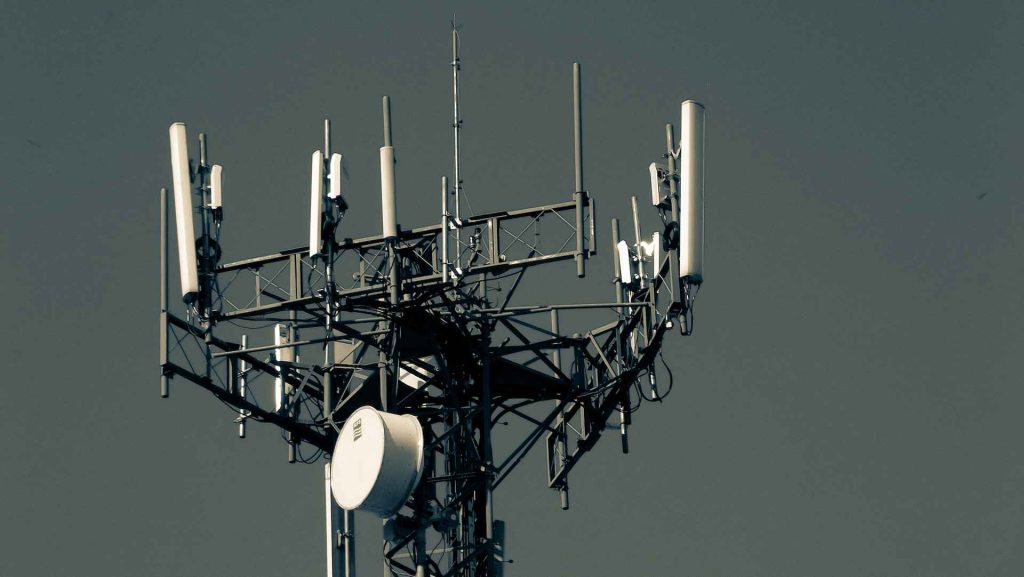Today, we depend on our cell phones to communicate, but we can’t always count on a reliable signal. This situation is widespread in many countries, users do not stop complaining about their difficulties. When buying a new SIM card, you may have good coverage at home but poor coverage at the office. In the same way, when you go on vacation to the country, you know that your signal bars will disappear. Now, a cellular signal booster is designed to solve any of these problems. This way, you can stay connected in places that have poor coverage. To know more about it, we will tell you the basic things you should know about, such as o2 mobile signal booster below.
Contents
Current state of the cellular signal
Nowadays, all types of important or recurring communication depend on mobile phones to be able to function. Without them, there would be workflows and entire subjects that could not function with the necessary efficiency due to the speed required to transfer information, communicate between employees, or simply be able to report any failure.

Being able to communicate on the go is important. However, unfortunately, cell phone signal strength in most countries is still not entirely uniform and, as many have seen, presents notorious interference depending on the area and even location in physical space.
It’s common for those who initially purchase a plan to have a great signal at home or work, only to find that the reception in their office is poor or that the signal inside their car leaves a lot to be desired. These variables are experienced by almost everyone with a phone plan, even those with the most advanced phones.
The problem is that these deficiencies in signal quality can become more than just discomfort and, in some cases, become a real headache that prevents you from performing important tasks at work.
Cellular signal amplifiers What are they?
Fortunately, there are now devices called signal boosters. This equipment, with a relatively simple design, solves all the problems associated with the lack of reception of frequencies and calls, allowing maintenance of a stable work process.
These devices boost the signal for voice calls and navigation data, allowing users to continue using their phones in areas with poor coverage or spaces where structural design impedes the flow of cellular waves.
It is important to note that cell phone amplifiers simply amplify the signal that is already available. They do not generate or create signals where there are none. If there is no coverage for your network in a certain area, the amplifier will not work. However, these devices can amplify incredibly weak signals, so if coverage is patchy or the signal is weak, there’s a good chance that installing a booster will give you a more stable and, therefore, usable signal.
How do cell phone boosters work?
Cell phones communicate with cell towers using radio frequency (or RF) waves. These RF waves are a form of energy between FM radio waves and microwaves, at least as far as the electromagnetic spectrum is concerned. Think of waves as invisible energy traveling through the air. Sound also works within this sprawling frequency system, just to give an example.
Outdoors, those waves can go a long way. Unfortunately, they lose a lot of power when traveling through walls, so cell phone signals are usually weaker indoors or in areas with a lot of tall buildings. Likewise, objects, topographic conditions such as large groves and mountains, or even climatic disturbances such as wind and rain can impair its performance.
The structure of cellular and telephone signal amplifiers
Cellular signal boosters work with an antenna that is attached to the outside of a building, home, or another area where improved reception is a priority. The receiving antenna transmits the signal to an amplifier (consisting of a series of metal plates that reverberate frequencies), which then sends the amplified signal to an internal antenna installed inside the building, allowing residents or office users to receive good signal reception throughout the building.
Although its design is relatively simple, the precision with which its internal mechanisms are placed will make a difference in the area of coverage the equipment can provide. In the case of UCtel, they always aim to offer telephone signal boosters with a minimum range of more than 25 m2.
Home/office o2 mobile signal booster installation process
- Find a location outside your home with optimal signal strength;
- An external antenna is mounted, as a rule, on the roof;
- Connect the external antenna cable to the amplifier;
- Keep the amplifier in a well-ventilated area;
- For the indoor antenna, mount it vertically, keeping a distance of 20-25 feet from the outdoor antenna to avoid vibrations;
- Connect the coaxial cable of the amplifier to the external antenna;
- Double-check everything: dB level, signal strength level, and amplifier power;
- Take a speed test by watching YouTube or downloading a file.
In this case, when you notice that the network works much faster, the amplifier is installed correctly.
Can cell boosters work for calls and data?
Cell phone signal boosters are useful in all types of communication that rely on electromagnetic waves. This includes voice calls, text messages, and browsing data usage. Amplifier kits can boost signals in 2G, 3G, 4G, and LTE. The latest models can also boost the 5G signal.
Some people who live in areas with very poor cell reception choose to turn on Wi-Fi calling to use their Internet connection to communicate, leaving aside the use of wireless data networks. While Wi-Fi calling has some advantages, including that you don’t use up your mobile plan minutes, calls can be delayed if the connection is slow, and there may be restrictions on international calls.
Using a signal booster often means it will have better call quality and fewer delays, allowing you to put aside all kinds of problems and unusual mechanisms that only unnecessarily complicate communication.



